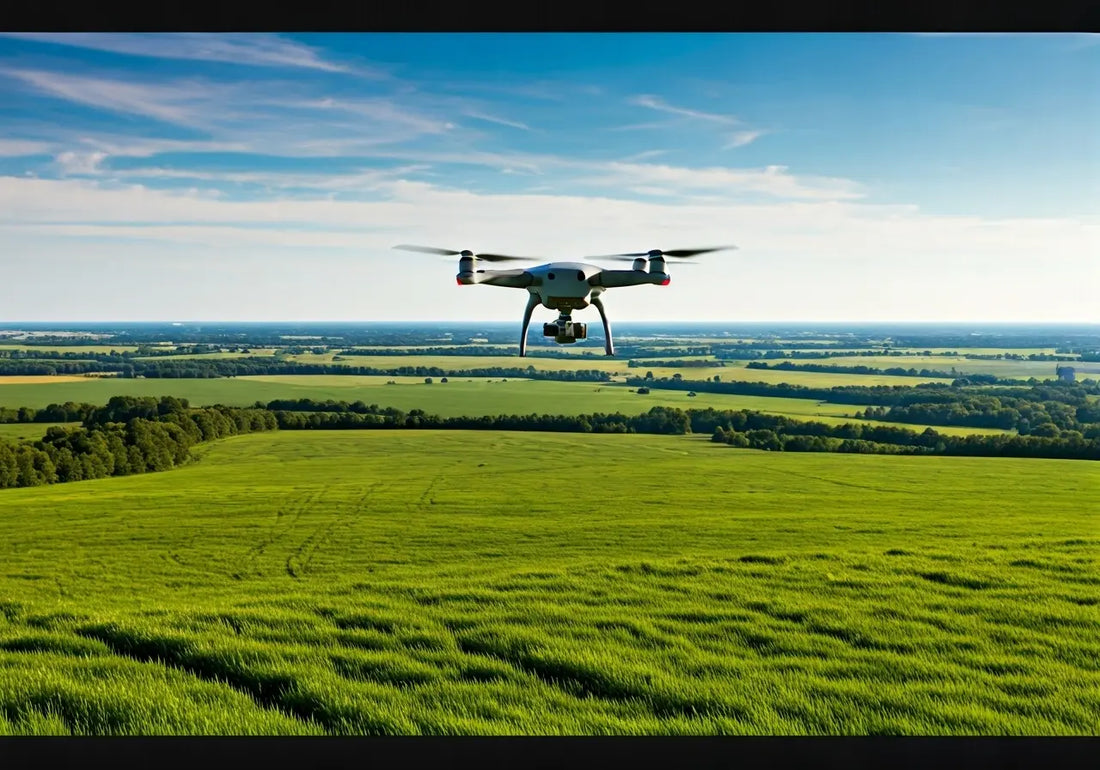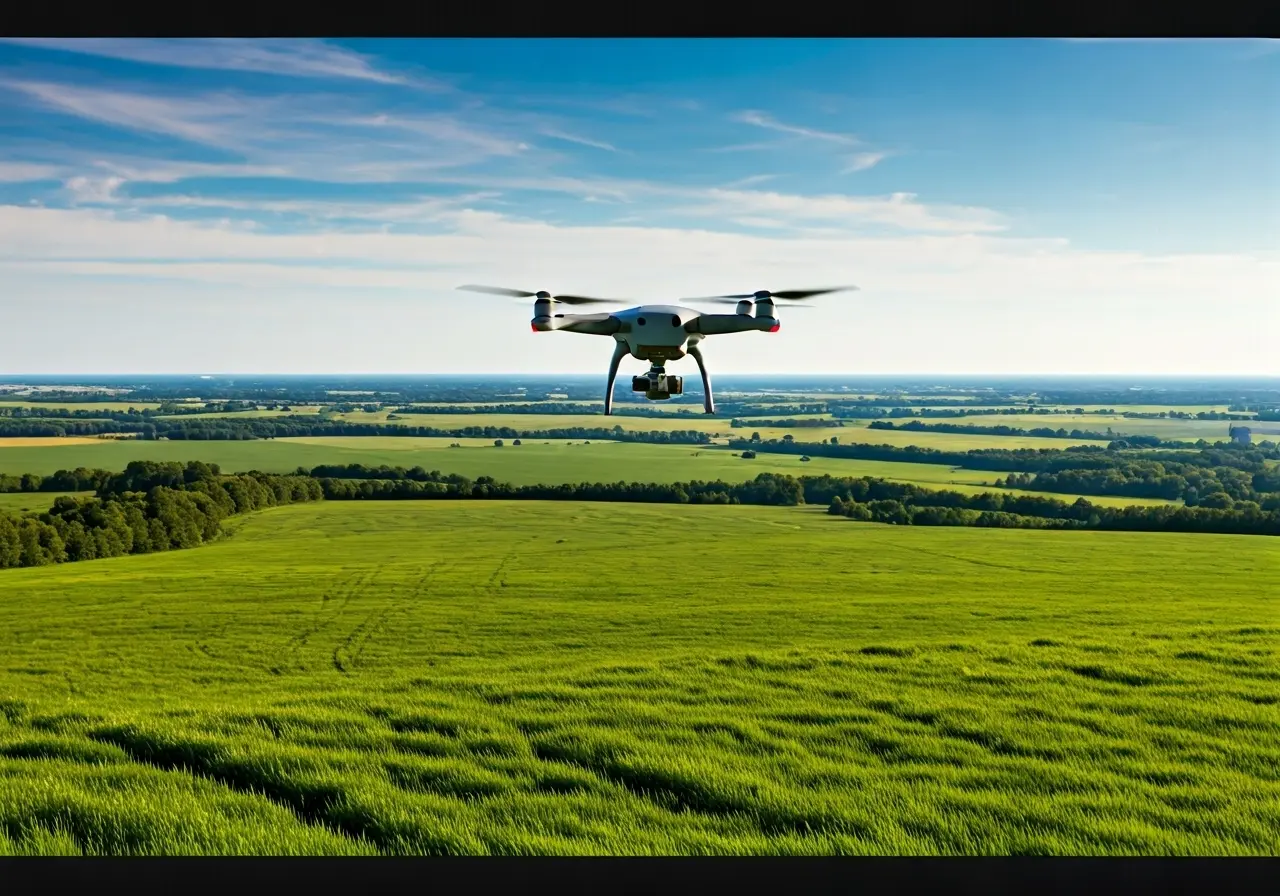
How Can Drone Crop Scouting Boost Your Farm's Efficiency?
Share
Drones are revolutionizing the farming industry by offering a bird’s-eye view of crops. This technology is becoming a game-changer for farmers looking to boost their farm’s efficiency. In this FAQ blog, let’s explore how drone crop scouting can make a difference in your farming operations.
What is Drone Crop Scouting?
Drone crop scouting involves using unmanned aerial vehicles (UAVs) to monitor and assess crop health. This technology provides high-resolution images and data that help farmers make informed decisions.
The evolution of technology in agriculture can’t be overstated, with drones offering a comprehensive view that human eyes simply can’t achieve when standing on the ground. They fly over fields, capturing images and data from multiple perspectives.
This advanced data-gathering method allows you to see patterns and problems across large areas of land quickly and efficiently. With drone crop scouting, farmers can identify stressed plants in need of immediate attention, saving time and potential yield loss.
How Does Drone Crop Scouting Improve Efficiency?
By providing timely and precise information about crop conditions, drone scouting helps farmers detect issues like pest infestations or nutrient deficiencies early, thereby reducing losses and optimizing yields.
Efficiency in farming is about more than just managing time; it’s about making smart decisions fast. Drone technology simplifies comprehensive data analysis, allowing farmers to adapt quickly and effectively to changing conditions.
Timely responses to issues can dramatically enhance plant health and growth, ultimately leading to increased productivity. With drones, farmers can monitor crops more frequently than traditional methods, spotting potential problems before they escalate.
What Cost Savings Can Farmers Expect?
Drones help reduce the need for labor-intensive scouting methods, cutting down labor costs. They also enable targeted interventions, which means spending less on fertilizers and pesticides.
Incorporating drone technology into your farming practices isn’t just about cutting costs on the surface. Drones provide a pathway to smarter spending, where precision agriculture minimizes waste and maximizes resource utilization.
By pinpointing the exact locations of issues, farmers apply treatments only where needed. This not only curtails the excessive use of chemicals but also minimizes environmental damage while maintaining healthy crop growth.
How Do Drones Enhance Data Accuracy?
Equipped with advanced sensors and cameras, drones capture detailed images that offer precise data about plant health and soil conditions, increasing the accuracy of farm assessments.
Unlike traditional observation methods, drones provide consistent and repeatable data collection, which offers an ongoing record of crop health. This wealth of data can be analyzed to track changes and patterns over time, offering a full-picture view of your farm’s performance throughout the growing season.
Are There Environmental Benefits?
Yes, by optimizing the use of resources and allowing for more targeted pesticide and fertilizer application, drones contribute to sustainable farming practices, reducing environmental impact.
With a growing focus on fighting climate change, drone technology aids sustainable farming efforts by minimizing resource waste and helping maintain biodiversity. More precise applications of chemicals mean less runoff into waterways and a reduced impact on surrounding ecosystems.
Embrace the Future of Farming with Drone Technology
Drone crop scouting is an innovative tool that can transform the way you manage your farm. By offering detailed insights, promoting early problem detection, and optimizing resource allocation, drones help make farming more efficient and productive. As technology continues to advance, integrating drone crop scouting into your agricultural practices can pave the way for a more efficient future.

